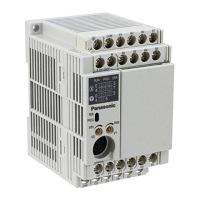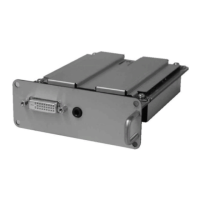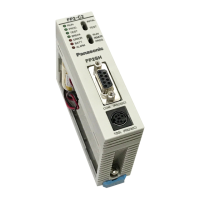Chapter 2
CPU Basics
Operation Mode II - 21
2.7 Operation Mode
2.7.1 Overview
This LSI provides only NORMAL mode as CPU operation mode. Low power consumption mode and other mode
are not provided.
2.7.2 Reset Status
■ External Reset Pin Input
If the reset pin (NRST) goes “L” level, the chip resets (initializes) itself internally and if the reset pin goes “H”
level, the wait for oscillation to stabilize starts by means of the 18-bit binary counter that is driven by the oscilla-
tion clock.
After the wait for oscillation stabilization is completed, the internal rest is released and the microcontroller enters
normal operation mode. Refer to [11.3.1 Oscillation Stabilization Wait Operation] for the wait for oscillation sta-
bilization.
■ Self Reset
Self reset is generated by setting the CHIPRST flag of the reset control register (RSTCTR) to from “0” to “1”.
When the CHIPRST flag is “1”, self reset is not generated even if “1” is set. The CHIPRST flag retains the value
even after self reset. Reset by the self reset is internal reset in the chip, so is not generated by the external reset
pin. Also, oscillation stabilization wait operation is not generated. Refer to [11.2.4 Reset Control Register] for
reset control register.
Table: 2.7.1 shows the status of the CPU registers right after the reset.
Table:2.7.1 CPU Register Status Right After the Reset
Register Values
Program counter PC 0x40000000
Data counter D0 toD3 Undefined
Address register A0 to A3 Undefined
Stack pointer SP Undefined
Multiply / divide register MDR Undefined
Processor status word PSW 0x0000
Loop instruction register LIR Undefined
Loop address register LAR Undefined

